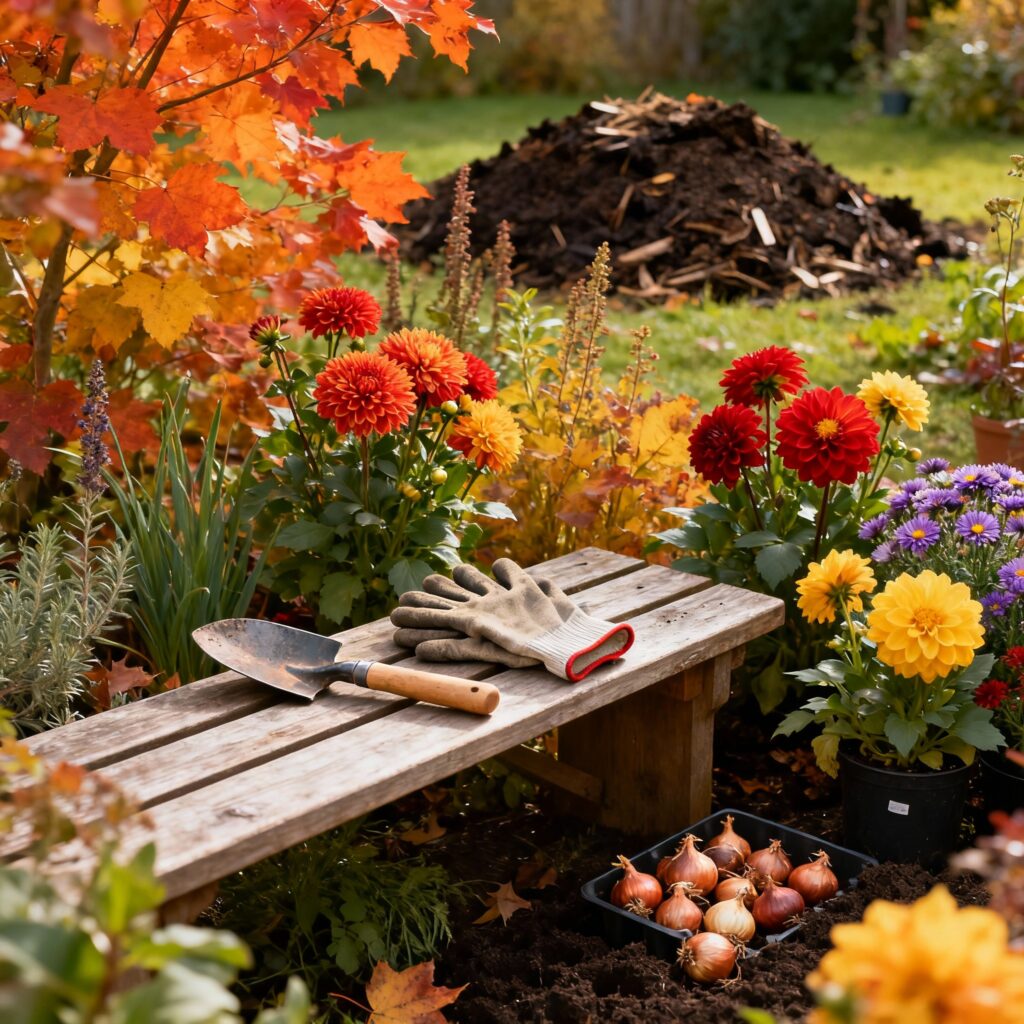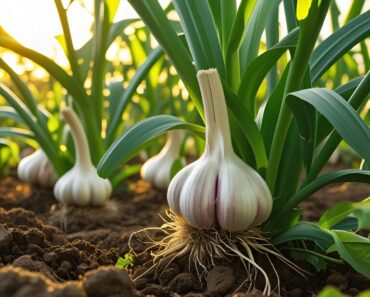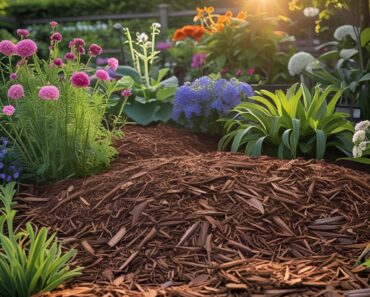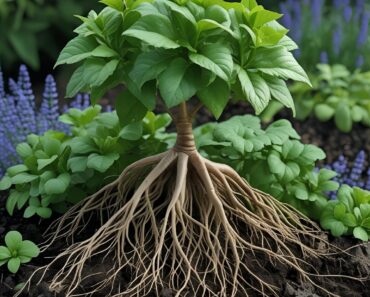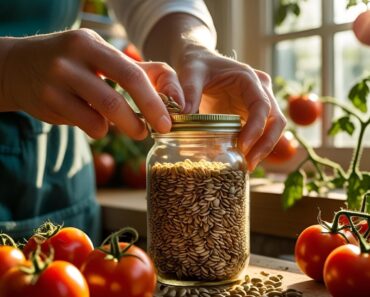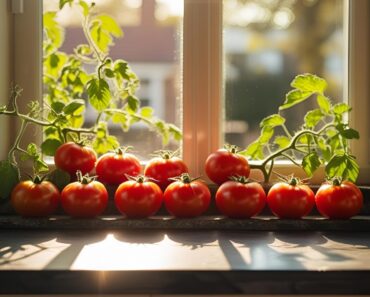Autumn is a magical time when gardens shift from summer’s vibrancy to the rich, cozy palette of fall. It’s also a crucial season to prepare your garden for winter and next spring’s bloom. With 2025’s gardening trends emphasizing sustainability, resilience, and smart care, here are ten transformative tips that will help you make the most of your autumn garden.
1. Embrace Native and Climate-Resilient Plants
One of the most effective ways to build a thriving autumn garden is to focus on plants native to your region or those known for climate resilience. Native species like oaks, redbuds, and native prairie wildflowers require less water and care, naturally withstand pests, and support local wildlife. By adding these, your garden becomes more sustainable, vibrant, and easier to maintain.
Pro tip: Look for perennial grasses and prairie flowers to create naturalistic drifts that echo wild landscapes.
2. Build a Fire-Resistant and Drought-Tolerant Landscape
With increasing climate volatility, designing your garden with fire-resistant and drought-tolerant plants is a wise move. Plants like lavender, ninebark, salvia, and succulents minimize water needs and reduce fire risks.
Strategically placed paths, mulch zones, and gravel areas also act as natural firebreaks while cutting back on maintenance.
3. Use Smart Gardening Tools
2025 offers gardeners smart tech like automated irrigation systems and wireless soil sensors that monitor moisture levels precisely. This technology helps avoid overwatering or underwatering during chilly autumn months, a frequent source of plant stress.
App-controlled lighting can extend usable outdoor garden time, highlighting your favorite plants and making evenings cozier.
4. Tidy Up and Feed Your Lawn
Autumn is the last chance to mow your lawn before winter completely halts growth. Regular mowing prevents patchiness and disease.
Use autumn-specific lawn feeds rich in nutrients that strengthen grass roots to prepare for winter. Remove worm casts promptly as wet weather can turn them into muddy patches.
5. Clear Away Dead Foliage and Debris
Fallen leaves, spent plants, and decaying fruit provide harborage for pests and diseases. Clearing these helps keep infections like mildew at bay and allows sunlight and air to reach your grass and perennials.
Composting this material or using leaves to create rich leaf mould recycles nutrients back into your garden.
6. Bring Vulnerable Plants Indoors
Tender or half-hardy plants need protection from early frosts. Bring potted specimens to sheltered spaces, such as greenhouses or indoors.
Before moving plants inside, inspect soil and foliage closely for pests to avoid introducing them into your home.
7. Divide and Propagate Perennials
Autumn is ideal for dividing overgrown perennials like hostas, geraniums, and daylilies. This not only revitalizes plants but also produces free new ones for other garden spots or sharing with friends.
Taking cuttings of evergreen shrubs like Choisya and Hebe also works well, giving you a nursery for spring planting.
8. Plant Autumn-Flowering Species
To keep your garden colorful as days shorten, plant flowers that bloom late in the season. Sedums, asters, penstemons, dahlias, and chrysanthemums provide beautiful autumn hues and attract pollinators preparing for winter.
Mixing these into your borders brightens your garden and supports biodiversity.
9. Prepare Soil With Compost and Mulch
Improving soil structure before winter helps nutrient retention and protects roots. Spread a good layer of well-rotted compost or organic mulch around plants and beds.
Mulching insulates soil temperature, reduces weeds, and retains moisture, giving your garden a healthy head start in spring.
10. Plan and Sow for Next Spring
Autumn is the perfect time to plant bulbs like daffodils, crocuses, and irises. These bulbs establish roots over winter and bloom beautifully in spring.
Cover crop planting can also enrich soil with nitrogen, reducing nutrient depletion from summer crops.
Starting a digital or physical gardening journal now, noting successes and challenges, sets you up for an even better garden next year.
Final Thoughts
Autumn gardening is both about embracing change and preparing for future growth. This season offers a fantastic balance of cleanup, care, and creation. By focusing on native plants, resilient landscaping, smart tools, and thoughtful soil and plant management, you’ll watch your garden thrive despite the cooler weather.
Try incorporating a few of these tips this fall, and enjoy a more sustainable, vibrant, and transformative garden season.
- https://www.jwalshgardens.co.uk/uncategorized/top-fall-gardening-trends-for-2025-sustainable-stylish-and-smart/
- https://gardenluminoustales.com/post/autumn-gardening-calendar/
- https://www.greenhousesdirect.co.uk/blogs/garden-blog/autumn-gardening-tips-for-your-garden-greenhouse-this-autumn
- https://www.lovethegarden.com/uk-en/article/14-top-tips-getting-your-garden-ready-autumn
- https://www.rhs.org.uk/garden-inspiration/get-gardening/money-saving-gardening-ideas-autumn
- https://www.erynwhalenonline.com/plan-your-garden/
- https://www.bomagardencentre.co.uk/news/320/aspirational-autumn-gardening-tips-for-urban-dreamers
- https://www.gardenersworld.com/how-to/grow-plants/10-tips-for-autumn-planting/
- https://www.cambrianursery.com/fall/fall-planting-guide/

